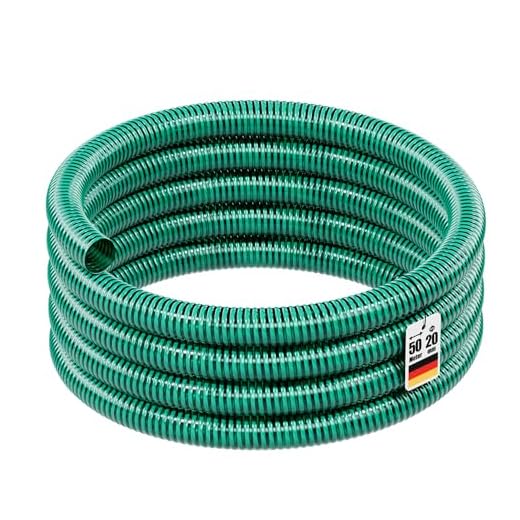


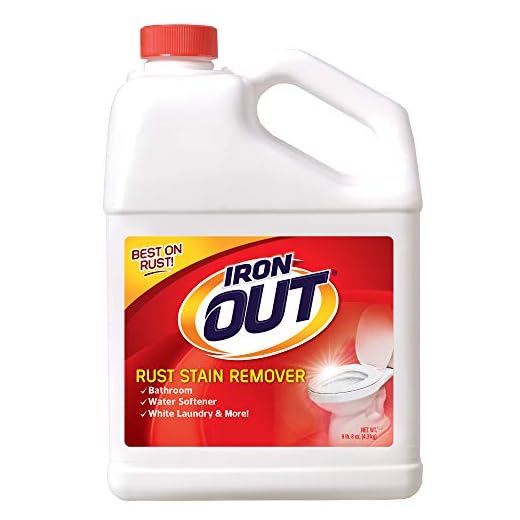
To maximise cleaning efficiency, always adjust the concentration of your cleaning solution based on the task at hand. A high concentration works well for tough stains, while a diluted mix is ideal for light cleaning. Achieving the perfect balance ensures optimal results without risking damage to surfaces.
Most high-pressure cleaning devices feature an integrated compartment for liquid cleaners, enabling seamless application during use. When the mechanism is activated, the solution flows from the compartment through a designated hose directly to the nozzle, where it combines with high-velocity water. This synergy creates a powerful cleaning action effective against dirt and grime.
It’s crucial to regularly inspect the compartment for residues or blockages that can hinder performance. A clogged line might prevent the solution from reaching the nozzle, leading to ineffective cleaning. Rinsing the compartment after each use will help maintain consistent performance.
Always opt for products specifically formulated for high-pressure machinery. Using inappropriate cleaners can lead to foaming issues or damage internal components. Researching compatibility with your equipment will ensure both performance and longevity of the machine.
Finally, remember to adjust the application settings based on surface type. Different materials require various approaches – softer for glass, firmer for concrete. Mastering these adjustments allows for a tailored cleaning experience, resulting in superior outcomes.
Understanding the Components of the Detergent Tank
The main parts of a cleaning solution reservoir include the tank, siphon tube, and valves. Materials used for construction impact durability and chemical resistance. Typically, tanks are made from high-density polyethylene or similar polymers that withstand common cleaning agents.
Tank Design and Capacity

A reservoir’s design is crucial for optimal performance. Larger models allow for extended cleaning sessions without frequent refills. Some have graduated markings for easy measurement. Ensure the tank lid seals tightly to prevent leaks. A well-designed reservoir facilitates the correct mix of soap and water, which directly influences cleaning efficiency.
Siphon Mechanism and Valves
The siphon tube draws solution from the container to the nozzle. Length and diameter of the tube can affect flow rate. A one-way valve is often included to prevent backflow, ensuring only clean solution reaches the cleaning nozzle. Selecting a model with adjustable flow helps control how much detergent is used, promoting both effective cleaning and resource efficiency.
How Detergent is Drawn into the Pressure Cleaning Equipment
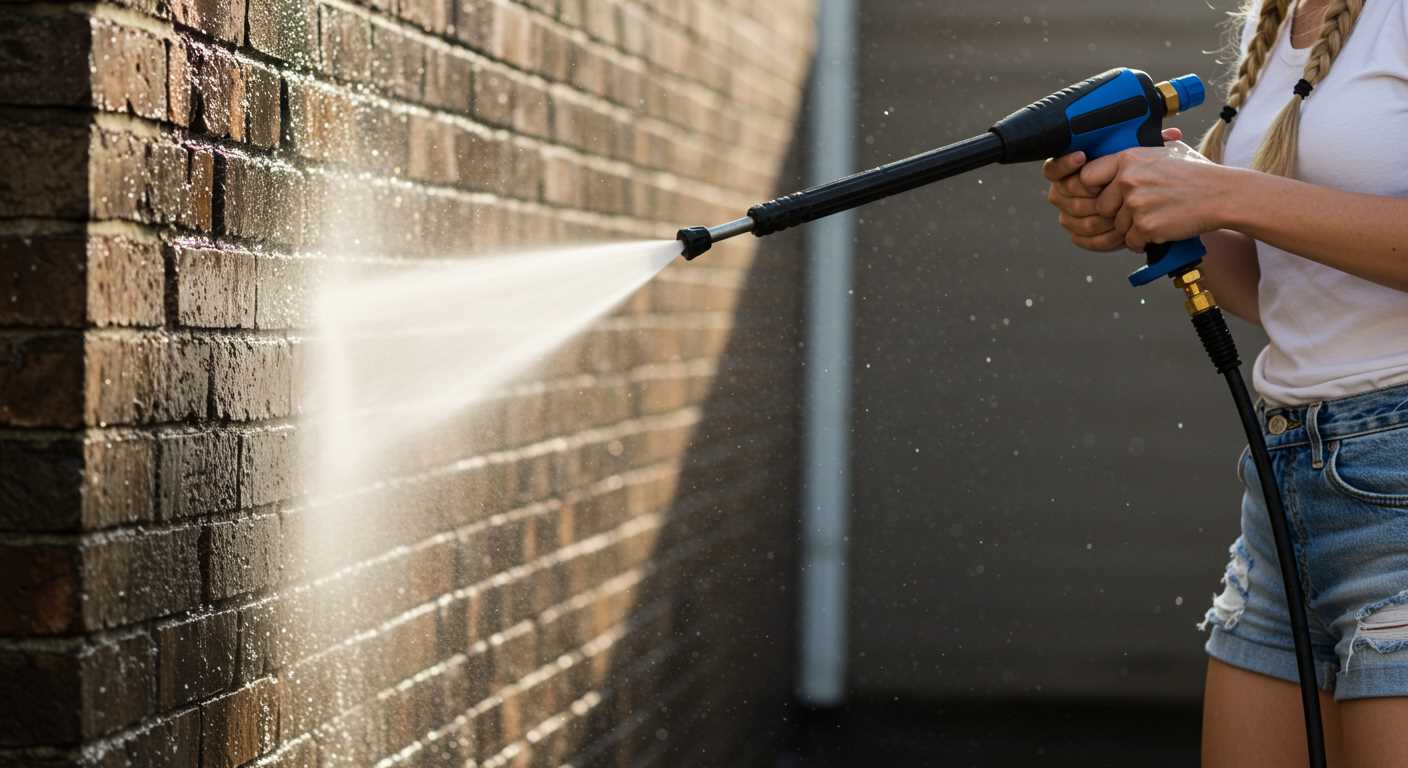
To achieve optimal cleaning results, effective incorporation of soap is crucial during operation. This process occurs through a suction mechanism that allows the cleansing solution to mix with water from the system. It begins with the activation of the appliance, which generates a pressure difference that assists in drawing fluid from the reservoir.
Components Involved in Fluid Transfer
Understanding the parts responsible for this action can enhance maintenance and troubleshooting:
- Suction Hose: This flexible tube connects the reservoir to the pressure unit, enabling liquid transport when the appliance is powered on.
- Injector Assembly: A critical component that creates a vacuum effect. This assembly controls the mixing ratio, ensuring the correct amount of solution is drawn into the flow.
- Flow Control Valve: Manages the incoming water supply, regulating flow rates which directly impact soap consumption and efficacy.
Operational Steps for Effective Mixing
Follow these steps to ensure effective mixing:
- Fill the reservoir with an appropriate cleaning fluid.
- Attach the suction hose securely to both the reservoir and the injector assembly.
- Activate the appliance and allow it to reach the necessary operational pressure.
- Adjust the flow control valve as needed to optimise the mixing ratio.
Regular checks of these parts will prevent blocks or leaks, ensuring consistent performance throughout the cleaning process. Understanding this mechanism allows for more efficient use of the cleaning solution, leading to better results in your tasks.
Types of Cleaners Suitable for Pressure Units
Utilising appropriate agents is crucial for optimal performance and safety. Here are the key categories to consider:
Alkaline Agents
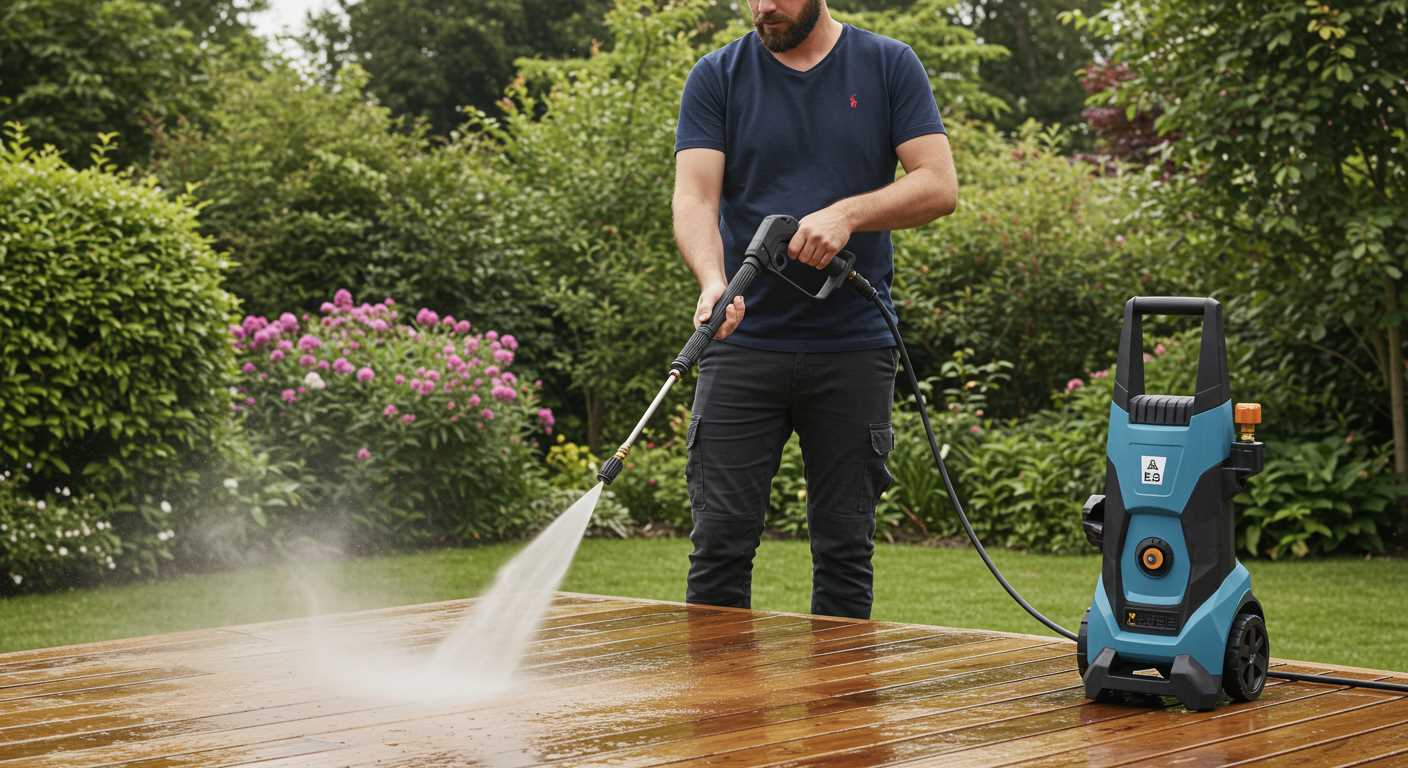
These are effective at breaking down grease, oil, and grime. They are commonly utilised for vehicle washing and heavy-duty surface cleaning. A concentrated formulation usually yields the best results.
Acidic Formulations
Ideal for removing mineral deposits, rust stains, and mineral scale. They are frequently employed on concrete surfaces and in areas affected by hard water buildup. Caution is necessary with usage and rinsing.
Biodegradable Options
Sustainable choices are increasingly available. These cleaners minimise environmental impact while providing effective cleaning. They are suitable for residential use where eco-friendliness is preferred.
Foaming Agents
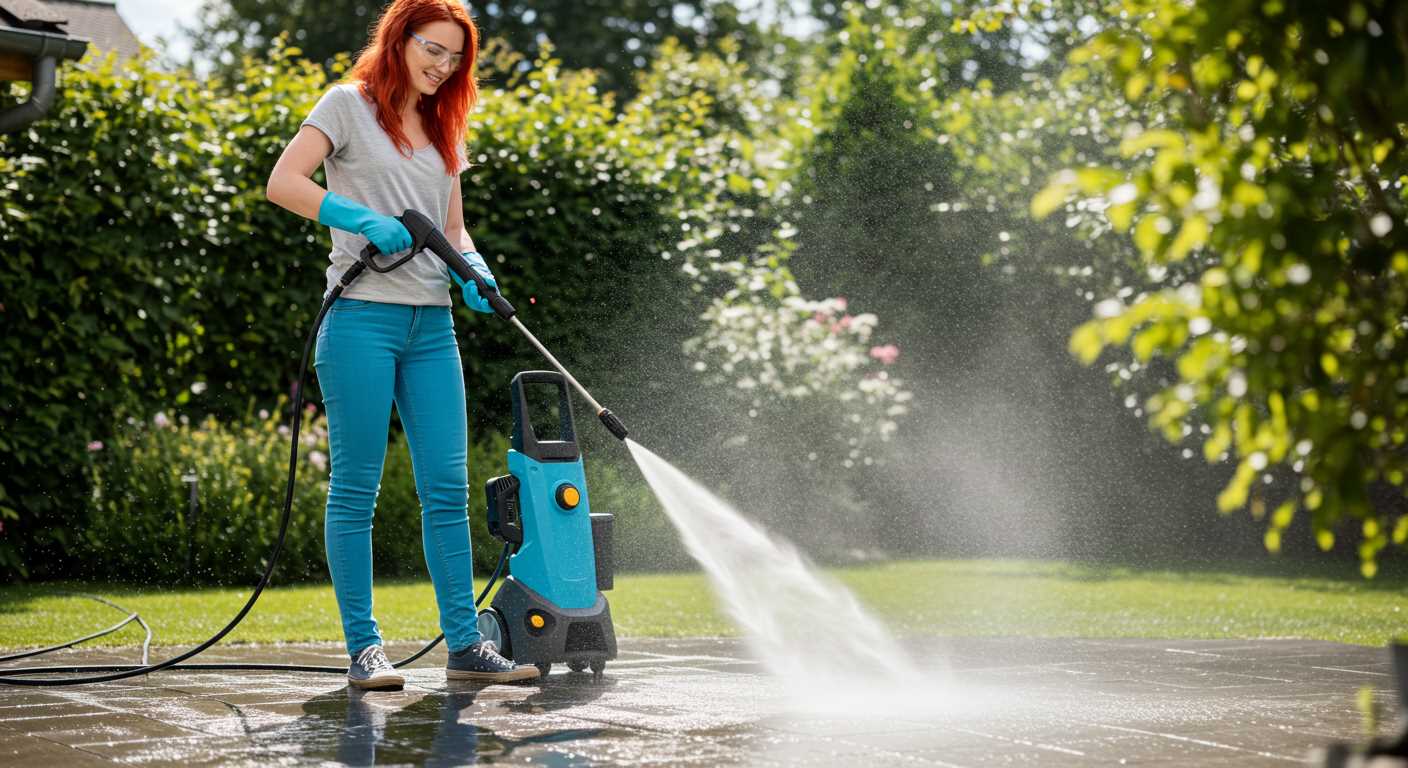
These produce a thick foam that clings to surfaces, enhancing dwell time and cleaning action. They are particularly beneficial for vertical surfaces and vehicles, allowing for thorough cleaning without excessive effort.
Specialty Cleaners
Formulations designed for specific tasks such as mould removal or wood restoration are valuable. Ensure compatibility with your machine and the surfaces being treated.
| Type | Best For | Notes |
|---|---|---|
| Alkaline | Grease, oil, grime | Use concentrated varieties for heavy cleaning. |
| Acidic | Rust, mineral deposits | Handle with care; rinse thoroughly. |
| Biodegradable | Environmentally-conscious cleaning | Effective yet gentle on nature. |
| Foaming | Vertical surfaces, vehicles | Enhances cling and cleaning power. |
| Specialty | Specific tasks (mould, wood) | Ensure compatibility before use. |
Selecting the right formulation not only enhances cleaning efficiency but also protects your equipment and surfaces from damage. Always refer to manufacturer guidelines for compatibility and recommended dilution ratios.
Adjusting Detergent Dosage on Your Pressure Washer
Set the desired concentration by locating the adjustment dial or control on the unit. This allows precise management of soap levels. For light cleaning tasks, select a lower setting, whereas heavier grime may require increasing the dosage.
Always check compatibility of the cleaning solution with the equipment’s components before proceeding. Some formulations work best at specific concentrations, affecting performance directly. It’s wise to conduct tests on an inconspicuous area to observe the impact on surfaces and overall effectiveness.
Maintenance is critical. Regularly inspect and clean the pick-up tube and filter to ensure proper flow and avoid clogs. This ensures consistent drawing of the cleaning solution without interruptions, maximizing cleaning efficiency.
Modify the dosage gradually instead of a drastic change. This allows you to evaluate how well the solution works in real-time. Making small adjustments helps in achieving optimal results without risking damage to the surfaces being cleaned.
Incorporate seasonal variations; certain formulations may perform differently depending on environmental conditions. Adjust the concentration accordingly, especially during colder months when liquid properties may change. Monitor for any residue left post-cleaning to fine-tune future usage.
Maintenance Tips for Detergent Tanks
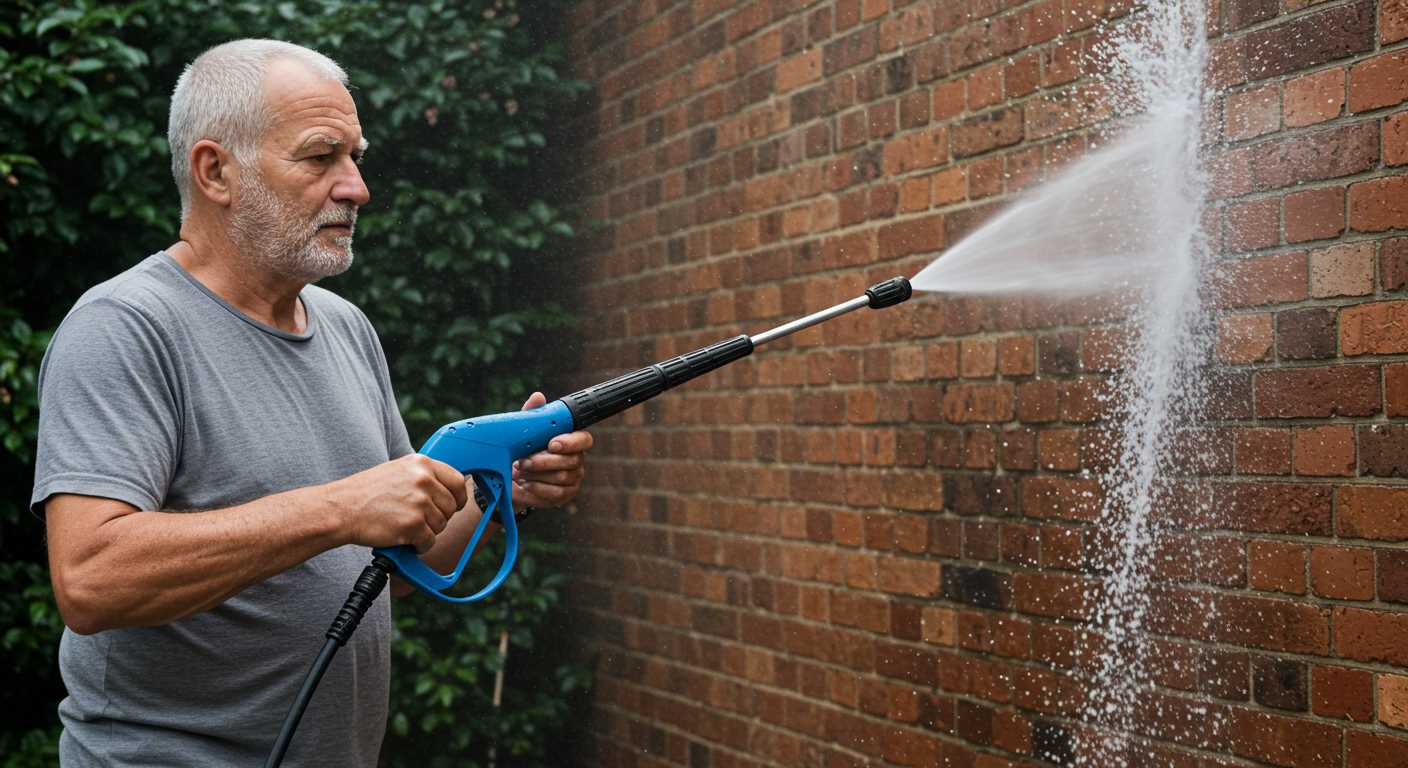
Regularly inspect the container for cracks or leaks. If any damage is detected, replace it immediately to prevent contamination of the cleaning solution and potential system malfunction.
Clean the container and its components after each use. Residues can accumulate and affect performance. Use warm water to rinse out any leftover cleaning agents, ensuring they don’t dry and become hard to remove.
Check Hoses and Fittings
Examine hoses and connections for wear or blockages. A clogged hose can restrict flow, impacting overall performance. Replace any damaged or worn parts promptly to maintain proper function.
Store Properly
When not in use, store the container in a cool, dry place away from direct sunlight. Extreme temperatures can degrade materials, compromising integrity. If freezing is a concern, ensure the container is emptied to prevent ice damage.
Troubleshooting Common Issues with Detergent Delivery
Start with checking the siphon tube for clogs. If the narrow pipe is blocked, it restricts flow from the container. Clear any debris or buildup to ensure smooth operation.
Examine the nozzle and spray tip. An incorrect nozzle can hinder fluid intake. Use a low-pressure nozzle specifically designed for cleaning solutions to get optimal performance.
Inspect the container’s lid and seal. If they’re damaged or improperly attached, it could create vacuum issues. Tighten or replace them to maintain proper suction.
Verify the dilution ratio of the cleaning agent. Excessively thick solutions can impede flow, while too diluted mixtures may not provide adequate cleaning power. Follow manufacturer guidelines for mixing.
Look for air leaks in any connections. Loose fittings or cracked hoses can let air in, disrupting the siphon effect. Ensure all connections are tight and replace damaged components.
Investigate the pump function. If it doesn’t generate sufficient pressure, it won’t effectively draw the mixture. Regular maintenance and inspections will keep the pump in working order.
Check for compatibility of the solution with your model. Not all appliances can handle every type of mixture. Always consult manuals or manufacturer recommendations for suitable products.
Lastly, perform routine cleanings of the entire system. Regular maintenance helps avoid many issues related to fluid delivery, ensuring consistent performance over time.









